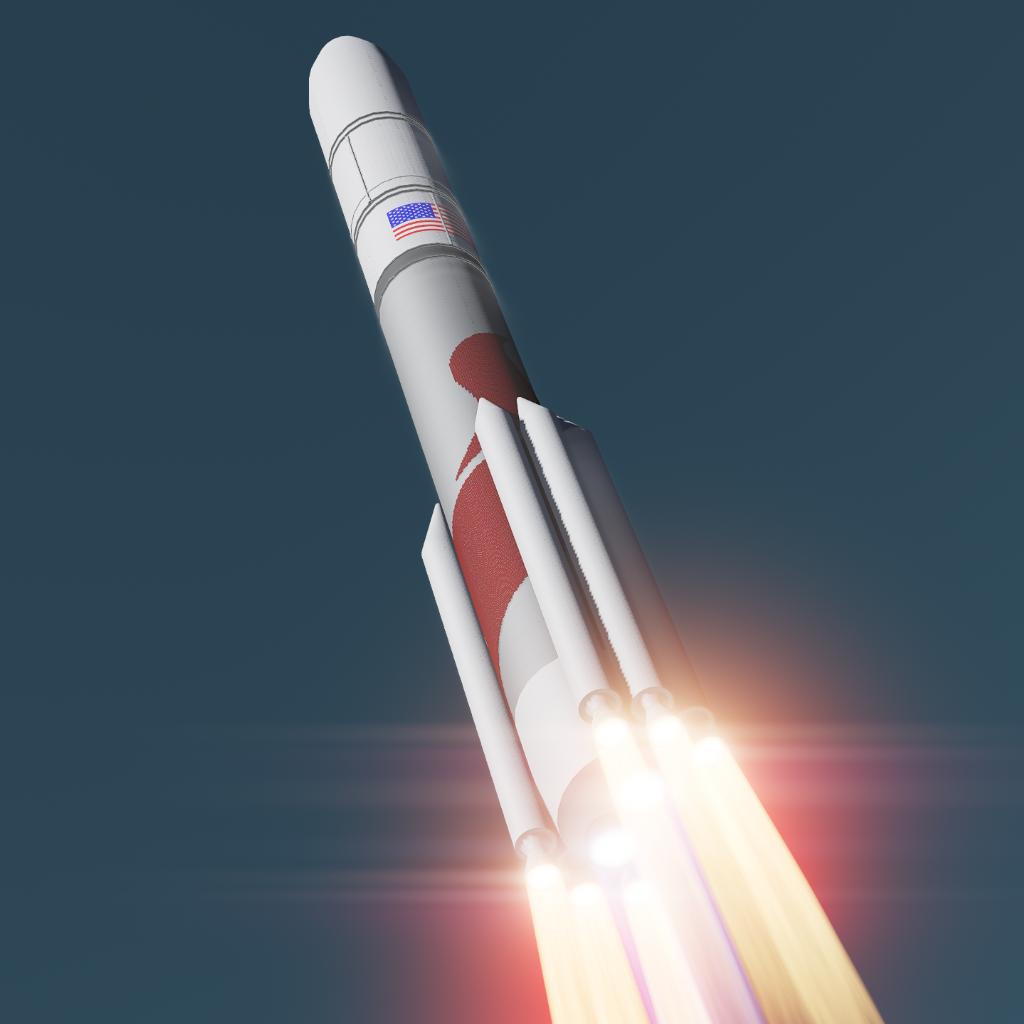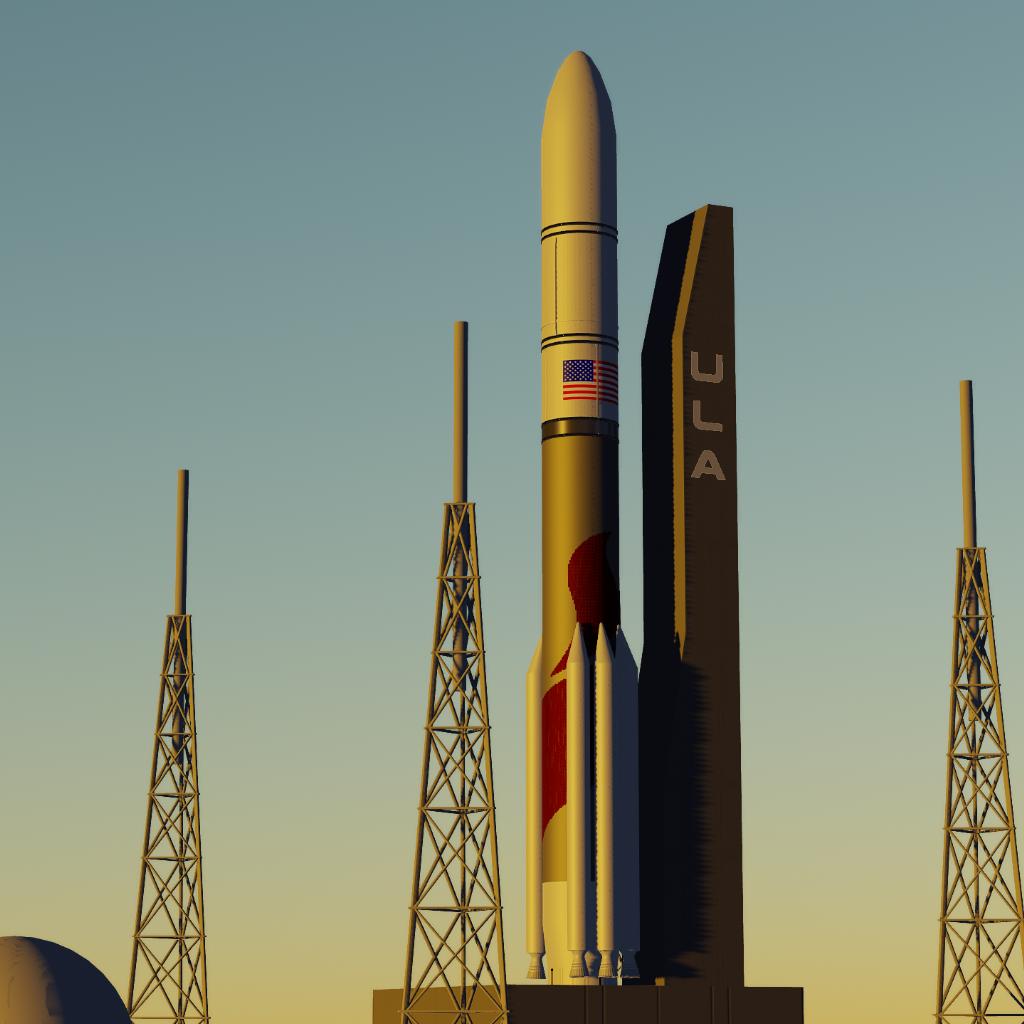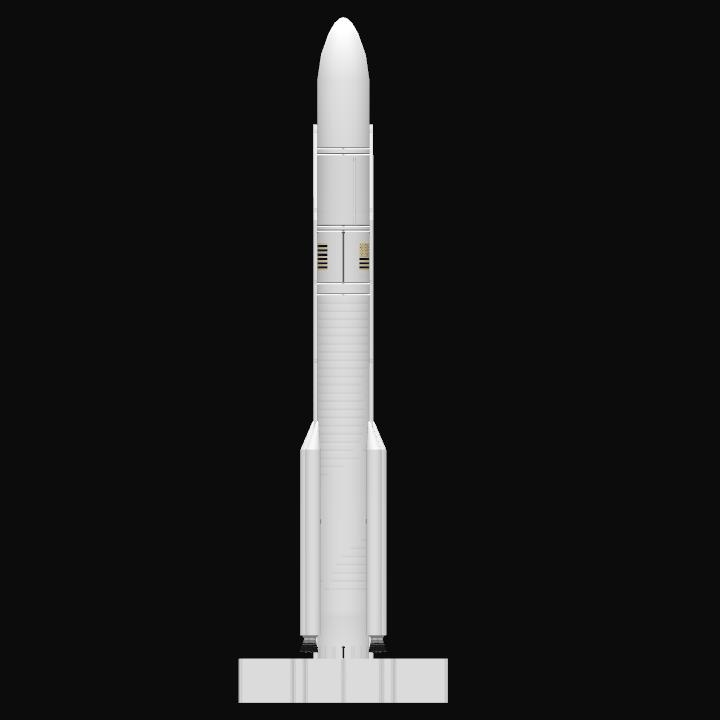The story of Vulcan began in 1991, with the dissolution of the Soviet Union. One of the things that came out with the breakup were rocket engines, specifically the RD-170. This was an oxidizer-rich staged combustion engine, developed for the use on the Energia launcher. American scientists fell in love with the design, and bought a couple of them, and a lot more of their derivatives - the RD-180. This became the primary propulsion for the Atlas III and V, probably the best MLVs of the US at the time. The problem came in 2014, with the Russian annexation of Crimea. Obtaining those engines became very hard, and the US had started developing an alternative. Soon, they realized that a clean-sheet design would be more effective than just retrofitting new engines on the Atlas. Enter, the Vulcan.
Powered by two BE-4 methalox engines, this new rocket had a much better ISP than the Atlas, and was also able to lift more than a Delta, thus phasing both rockets out of service. Being a relatively new design, with only two operational launches, it is yet early to judge how reliable or competitive it is compared to its rivals. While its lack of reusability certainly does raise questions about its future-proofness, right now it fulfills its own niche decently well. One advantage it has over most other operational rockets is the fairing diameter - making it suitable to launch spaceplanes, station modules, etc. Below that, the hydrolox Centaur upper stage is one of the highest-performing upper stages built to date, giving the rocket a lot of potential for use in interplanetary missions.
GENERAL INFO
- Created On: Windows
- Game Version: 1.3.204.1
- Price: $57,821k
- Number of Parts: 83
- Dimensions: 71 m x 26 m x 24 m
PERFORMANCE
- Total Delta V: 10.2km/s
- Total Thrust: 20.3MN
- Engines: 10
- Wet Mass: 9.23E+5kg
- Dry Mass: 1.1E+5kg
STAGES
| Stage | Engines | Delta V | Thrust | Burn | Mass |
|---|---|---|---|---|---|
| 1 | 8 | 7.0km/s | 20.0MN | 4.5m | 8.86E+5kg |
| 4 | 2 | 3.2km/s | 231kN | 12.1m | 71,963kg |
6 Comments
- Log in to leave a comment
-
-
-
-
+3 6 months ago
I can't ruin your perfect 1234 points?!
But this deserves points?!To do or not to do 😭
-







I Need Subscribers for my live stream 50
https://youtube.com/@novaspace-b8t?si=30XLs7OK9EQLDt15
We Will have an epic liftoff
Date: 2 June 2025 Time: 20:15
COPY THE LINK